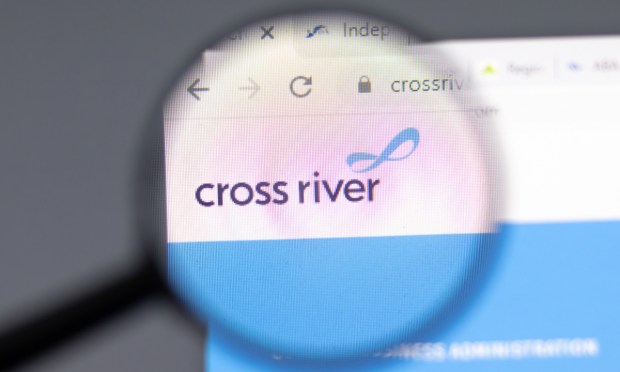
Cross River Bank and Operation Hope say their financial literacy initiative has helped consumers boost their savings.
The financial institution and the nonprofit announced Wednesday (Sept. 27) the midyear results of “HOPE Inside Cross River,” is designed to provide financial literacy education and financial planning for consumers and small business owners.
“We applaud Cross River’s leadership for their commitment to the financial wellbeing of their clients,” Operation Hope founder, chairman and CEO, John Hope Bryant, said in a news release.
“Our shared goal is to grow the bottom line for every American’s personal business plan by reducing debt and increasing savings. Even in the face of rising debt and cost-of-living increases, this partnership demonstrates that our award-winning coaching model works.”
According to the release, 86% of clients in the program increased their savings while 81% saw their credit scores increase by 30 points.
“Financial literacy is a strong indicator of positive financial outcomes for the future, but a 2020 FINRA study found differing levels of financial literacy among Americans may contribute to widening inequality among different segments of the population,” the release said.
The news comes at a time when most Americans are facing financial difficulties after using up most of their pandemic savings.
Recent figures from the Federal Reserve show that — outside of the wealthiest 20% of Americans — most U.S. households have exhausted their extra savings and now have less cash on hand than they did when the pandemic started.
That other 80% has seen a decline in their bank deposits and liquid assets since the height of the pandemic in 2021, after adjusting for inflation, according to the report. By contrast, the richest one-fifth of households still have cash savings about 8% above pre-pandemic levels.
The savings American consumers accumulated during the pandemic — which at one point topped $2 trillion — are expected to run out this quarter, the Federal Reserve Bank of San Francisco said in a study released in August.
“Our updated estimates suggest that households held less than $190 billion of aggregate excess savings by June,” Hamza Abdelrahman and Luiz Oliveira, researchers for the bank, wrote in a blog post. “There is considerable uncertainty in the outlook, but we estimate that these excess savings are likely to be depleted during the third quarter of 2023.”
PYMNTS has also noted that those $2 trillion savings weren’t evenly distributed, with households in the top half of the income bracket holding three-quarters of that money.
And covered here in May, 27% of households report using their savings to cover credit card debt alone, while a record number of 401(k) plan holders used those accounts to cover costs last year.
“More recently, savings don’t even cover credit card debts for many paycheck-to-paycheck consumers, as those with issues paying their bills carry average balances comprising 157% of their available savings,” PYMNTS wrote.